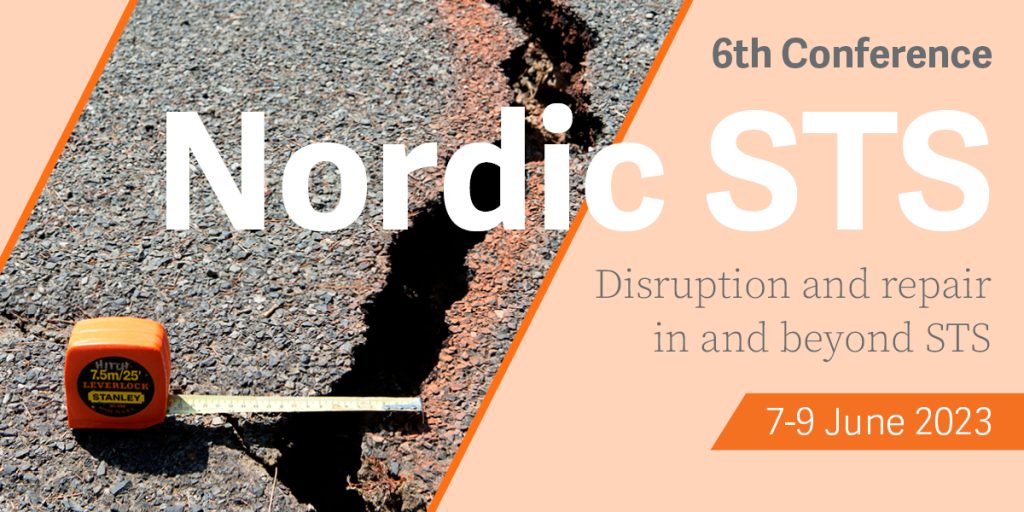- Date de début : 07/06/2023
- Date de fin : 09/06/2023
- Oslo, Norvège
- https://www.sv.uio.no/tik/english/research/news-and-events/events/conferences/2023/nordic-sts/
First panel session: problematizing populations and territories with numbers (Thursday,June 8, 9:00-10:30, “parallel session 3”)
- Torunn Pettersen, Sámi allaskuvla, Sámi University of Applied Sciences, “Quantifying (parts of) Sámi: On colonial counting, statistical sovereignty, and unruly categories in Norway, ca 1970-2020”
- Pauline Adam, École Normale Supérieure and Université Libre de Bruxelles, “How to quantify irregular migration at a European level? Discussions on data and measurement categories within the CIREFI”
- Anders Koed Madsen, Aalborg University Copenhagen, “Digital methods as ‘experimental a priori’ – how to navigate vague empirical situations as an operationalist pragmatist”
- June Brawner, The Royal Society, “Making sense of terroir soils: Monitoring, measuring, and managing the ‘place of taste’”
Second panel session: producing and quantifying scientific objects (Thursday, June 8, 11:00-12:30, “parallel session 4”)
- Antoine Hardy, Sciences Po Bordeaux, “‘I don’t want to change the world, I don’t believe in it for a second. But I can try to change where I am. In my sandbox’. A case-study on the quantification of the carbon footprint of French public research laboratories”
- Alicja Ostrowska, Chalmers University of Technology, “Which Lives Count for Artificial Intelligence? Ethnography at NASA”
- Quentin Dufour, École Normale Supérieure, “Making economic data comparable. The production of the dynamics of the economy”
Third panel session: Data for public action (Thursday, June 8, 16:00-17:30, “parallel session 5”)
- Thor Olav Iversen, University of Bergen and Norwegian Institute of International Affairs (NUPI), “Making undernutrition”
- Pauline Boyer, Université de Strasbourg, “Open data in higher education and research: a ‘strategically opaque’ transparency?”
- Natália Gil, Universidade Federal do Rio Grande do Sul, “The Brazilian elementary school in numbers: precarious statistics for the measurement of school inequality”
- Camille Beaurepaire, École Normale Supérieure, “‘Telling the minister a quantified story about re-industrialization’: how to put data into political categories”





